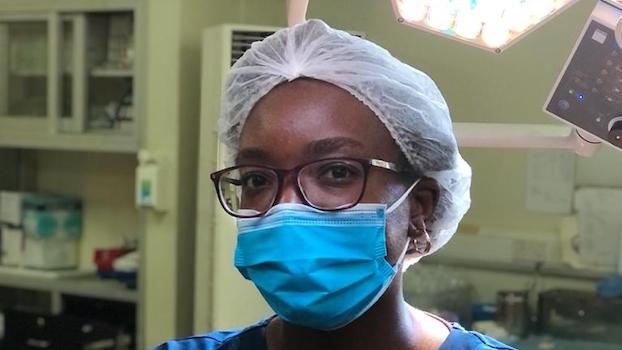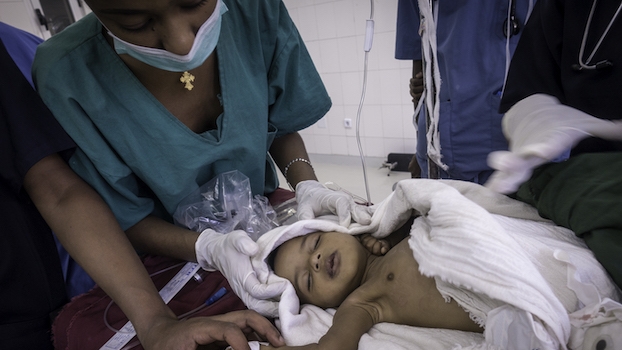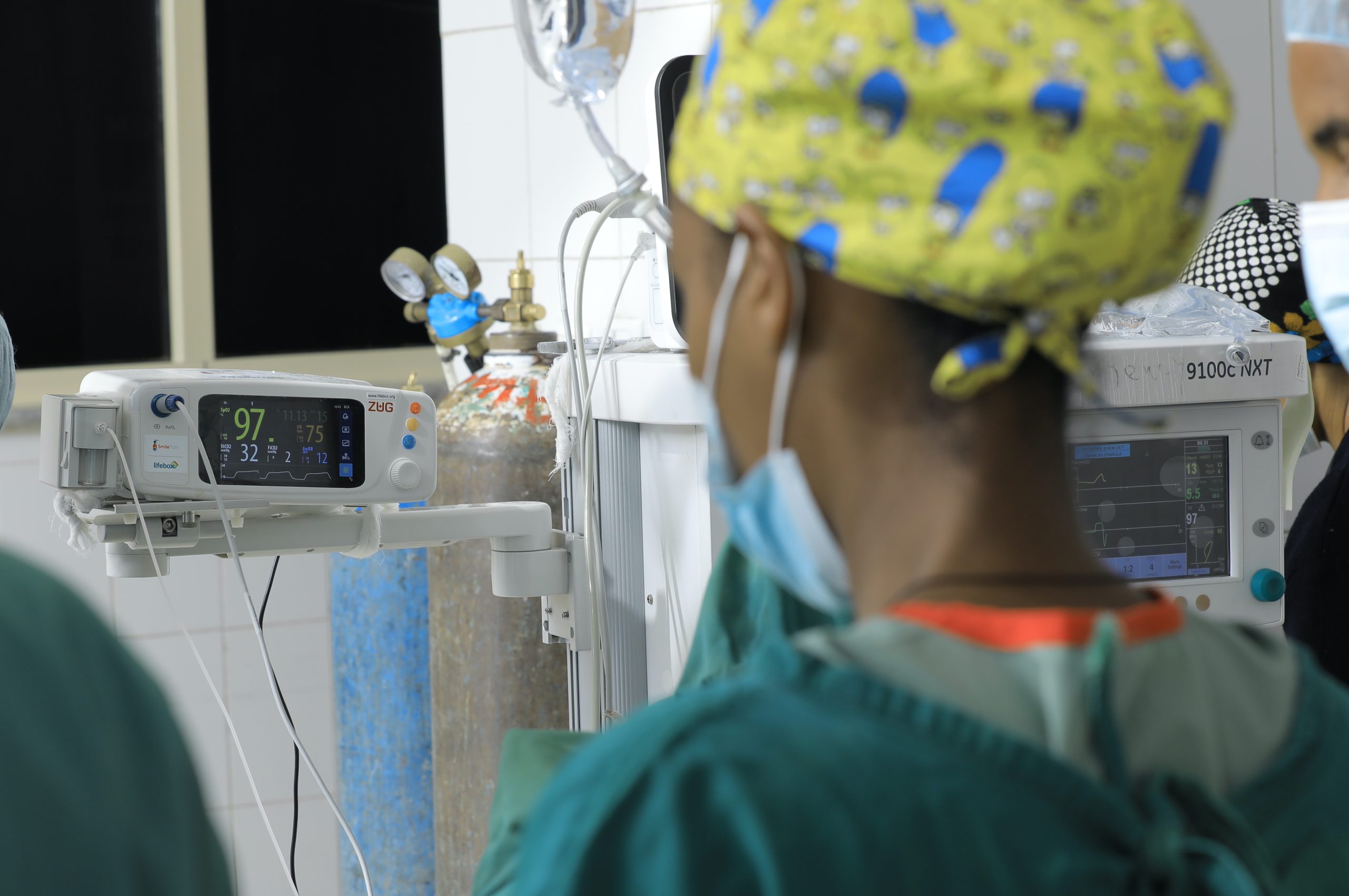
Online Smile Train-Lifebox Capnography Course
A free online course on the fundamentals of capnography
Find Lifebox resources for perioperative professionals - including publications, our online learning courses, and Lifebox workshop materials

A free online course on the fundamentals of capnography
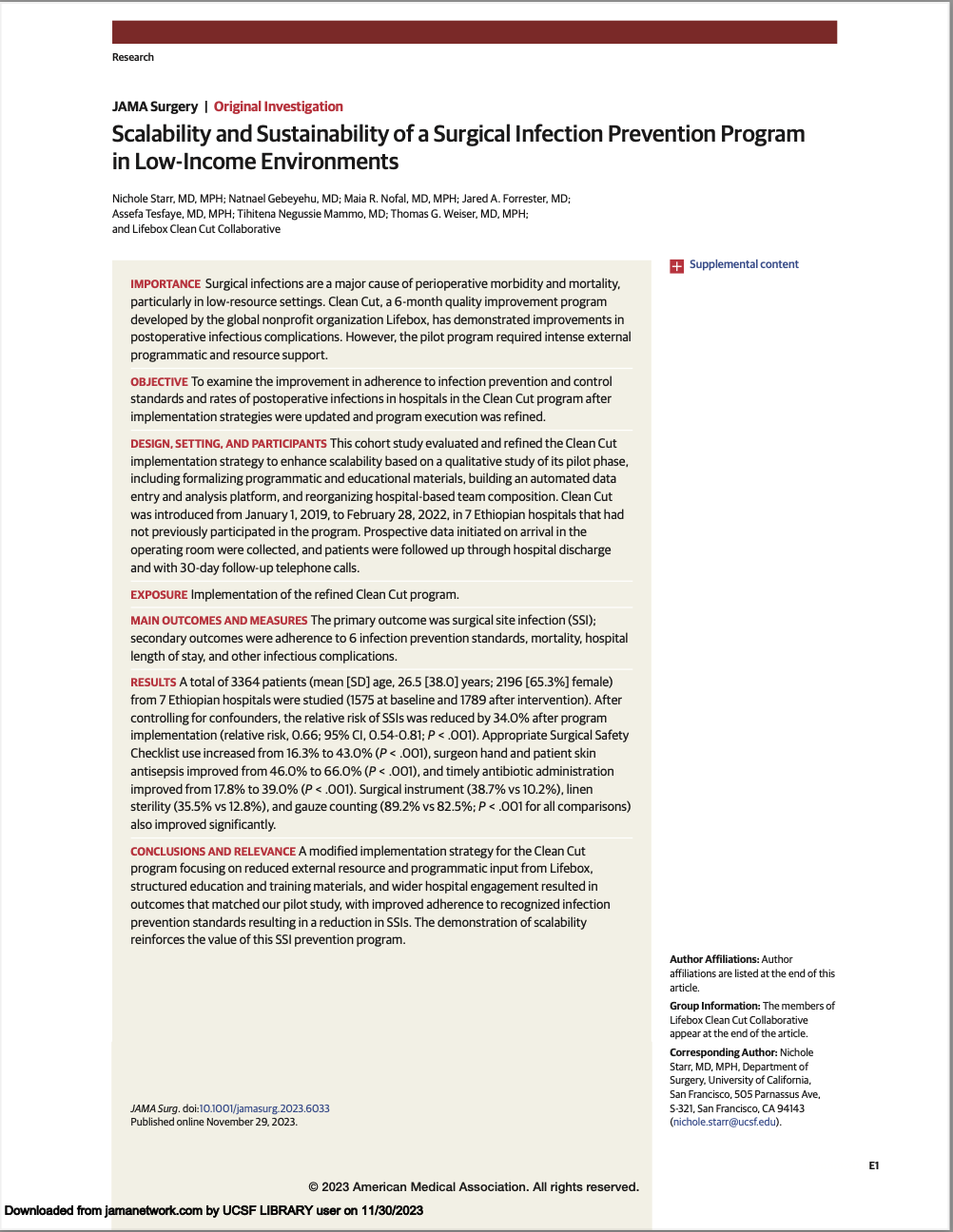
Clean Cut results, published in JAMA Surgery, achieve a 34% relative risk reduction of surgical site infection
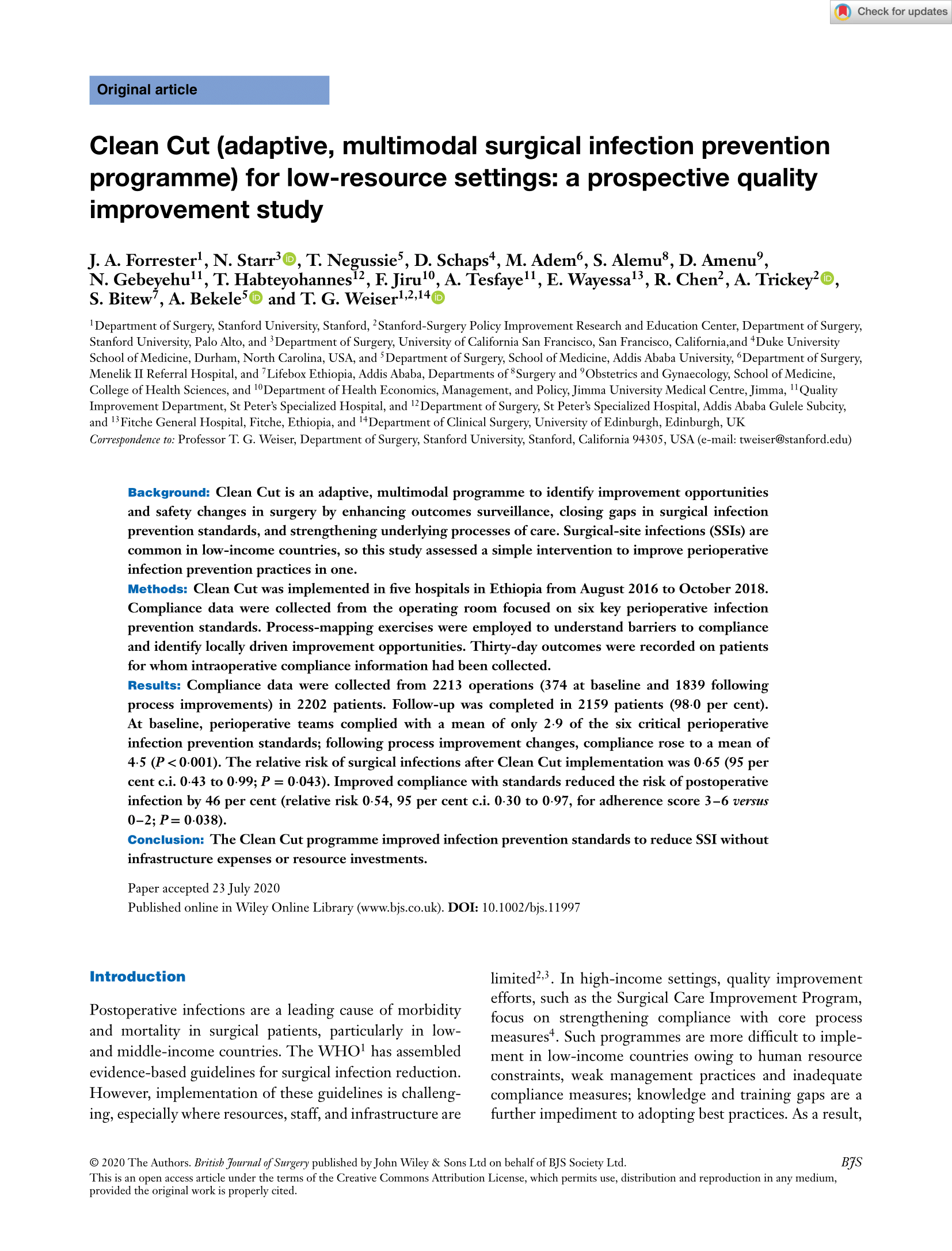
This study showed that Lifebox's Clean Cut program improved infection prevention standards to reduce SSI without infrastructure expenses or resource investments.
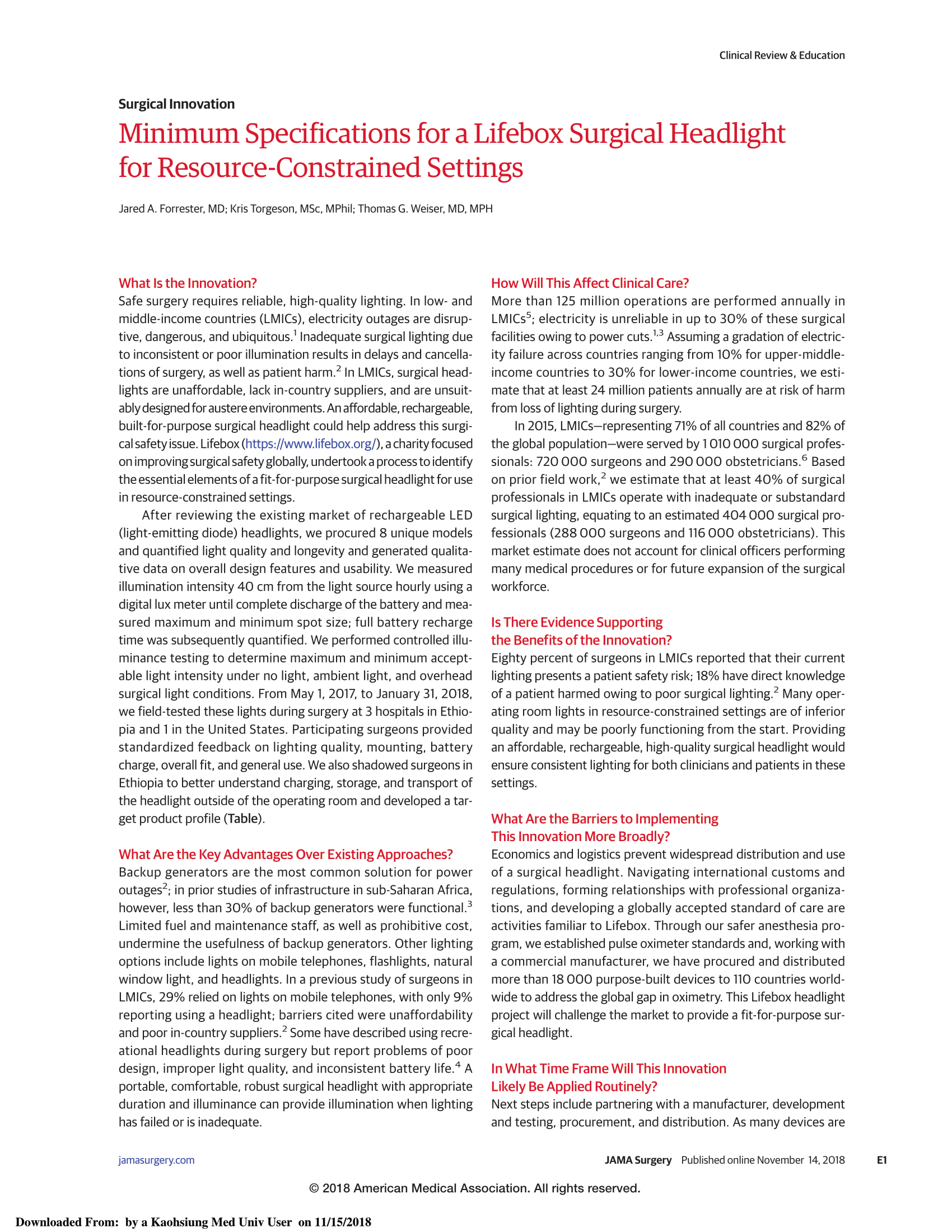
Safe surgery requires reliable, high-quality lighting. In low- and middle-income countries (LMICs), electricity outages are disruptive, dangerous, and ubiquitous.
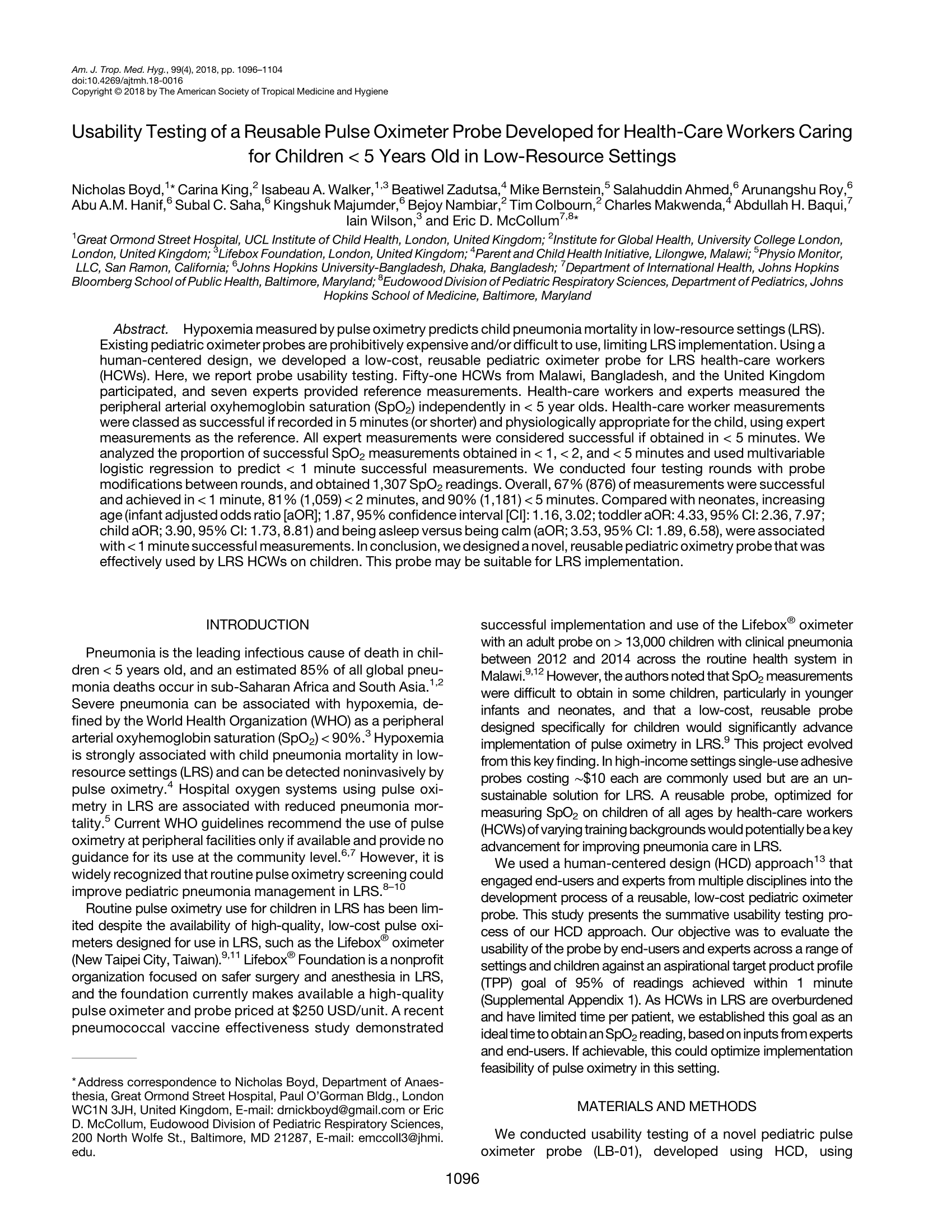
This study presents the summative usability testing process of our human-centered design (HCD) approach.
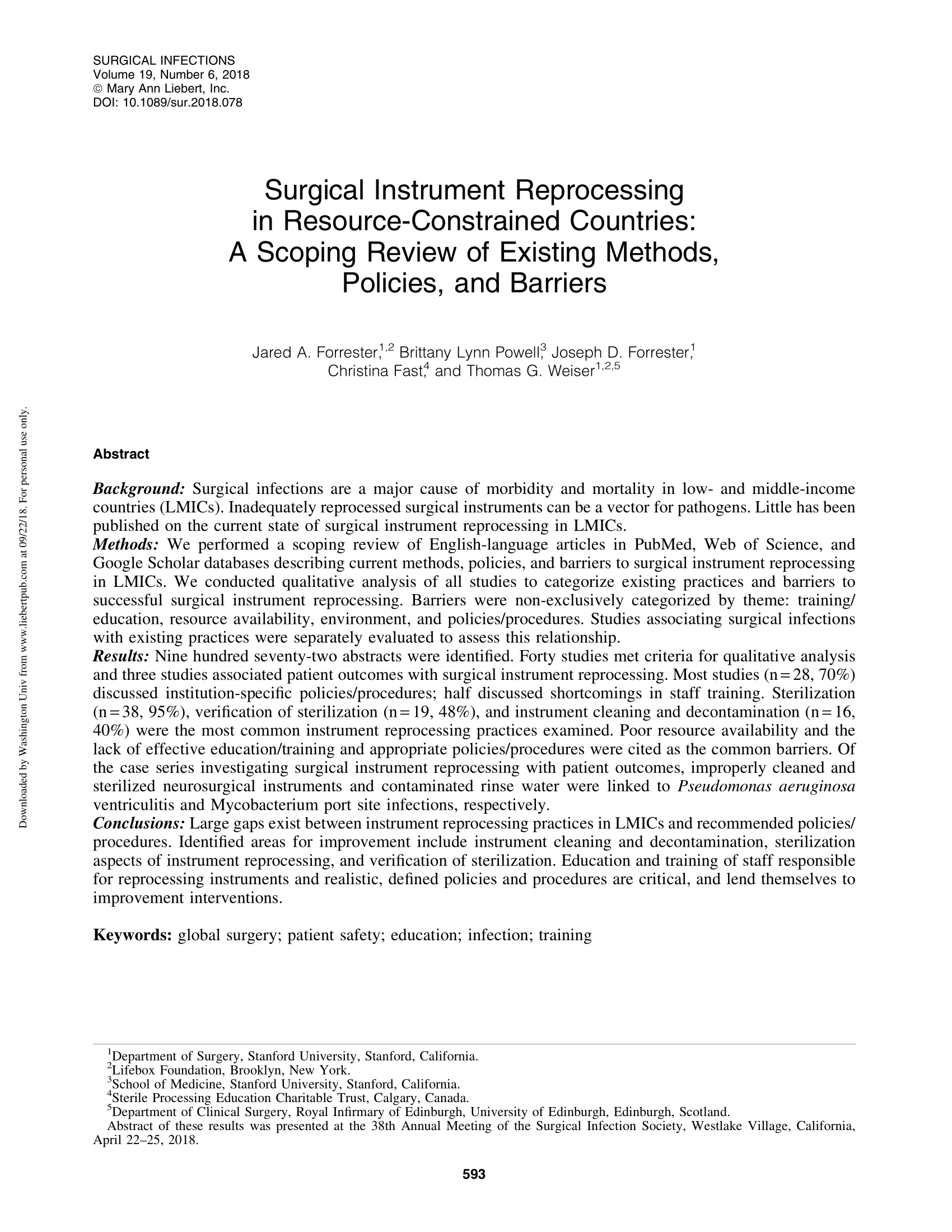
This study indicates that large gaps exist between instrument reprocessing practices in low- and middle-income countries (LMICs) and recommended policies/ procedures.
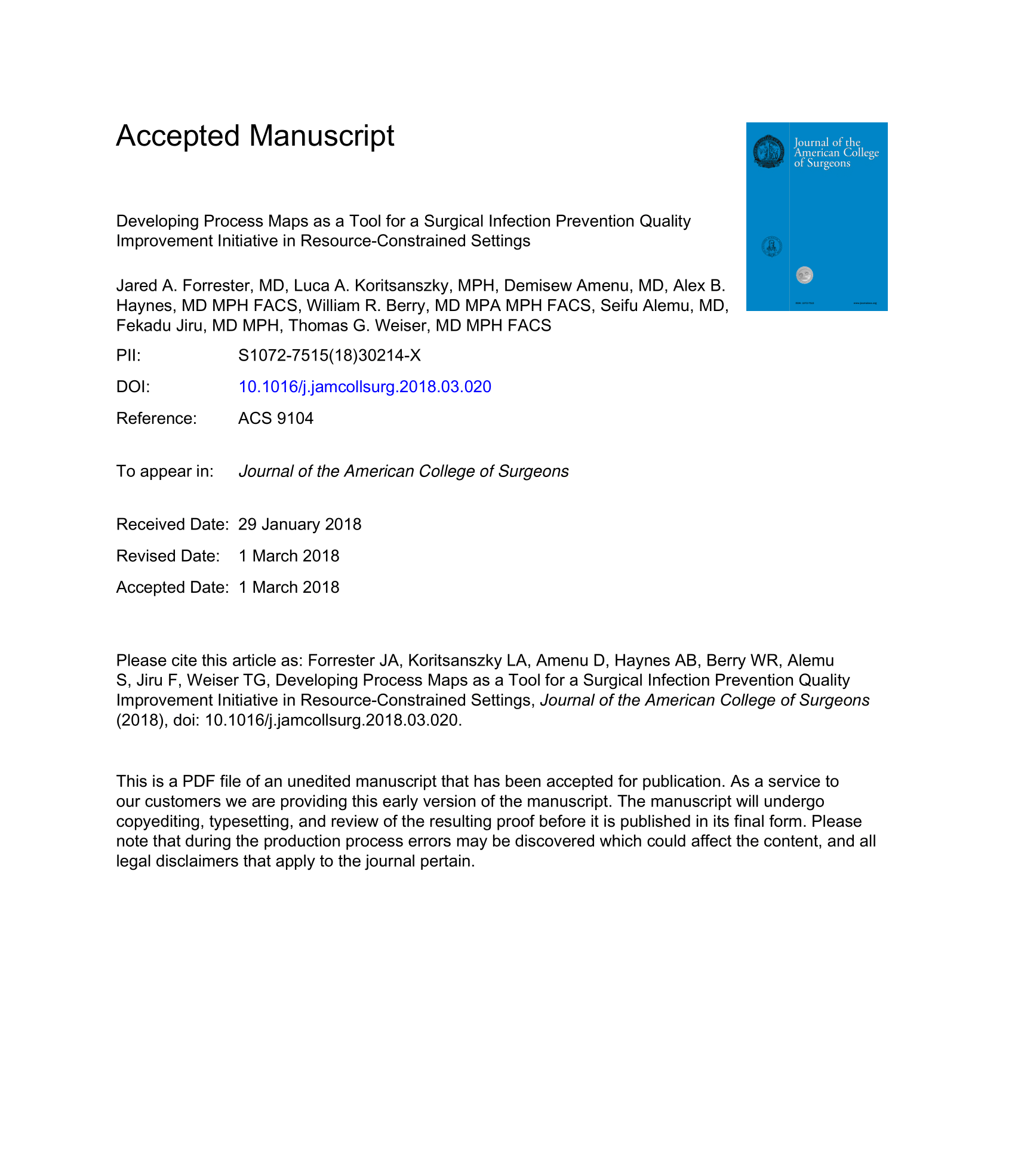
In this study, enumerating the steps involved in surgical infection prevention using a process mapping technique helped identify opportunities for improving adherence and plotting contextually relevant solutions, resulting in superior compliance with antiseptic standards.
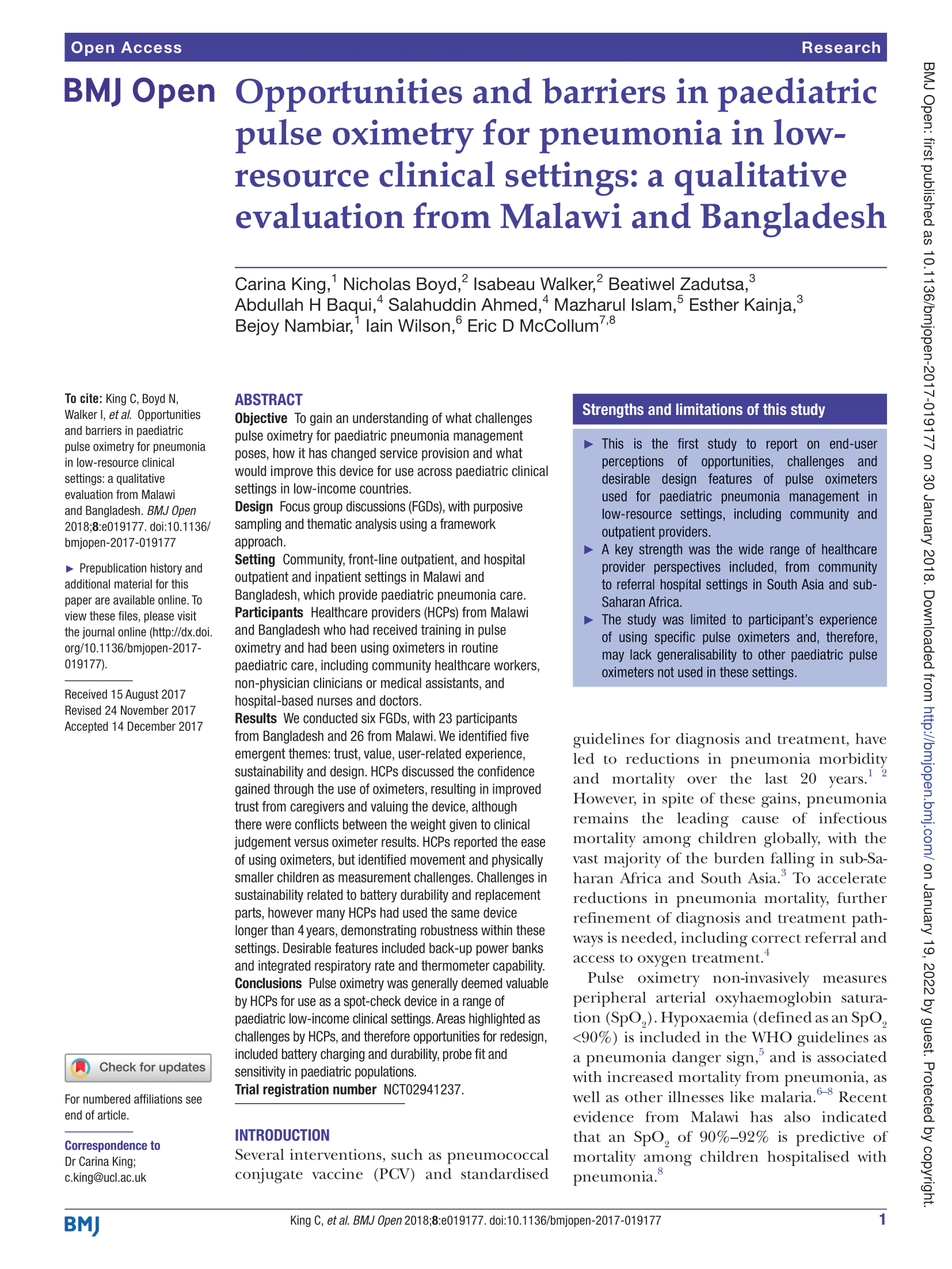
This study found that pulse oximetry was generally deemed valuable by health care providers (HCPs) for use as a spot-check device in a range of pediatric low-income clinical settings.
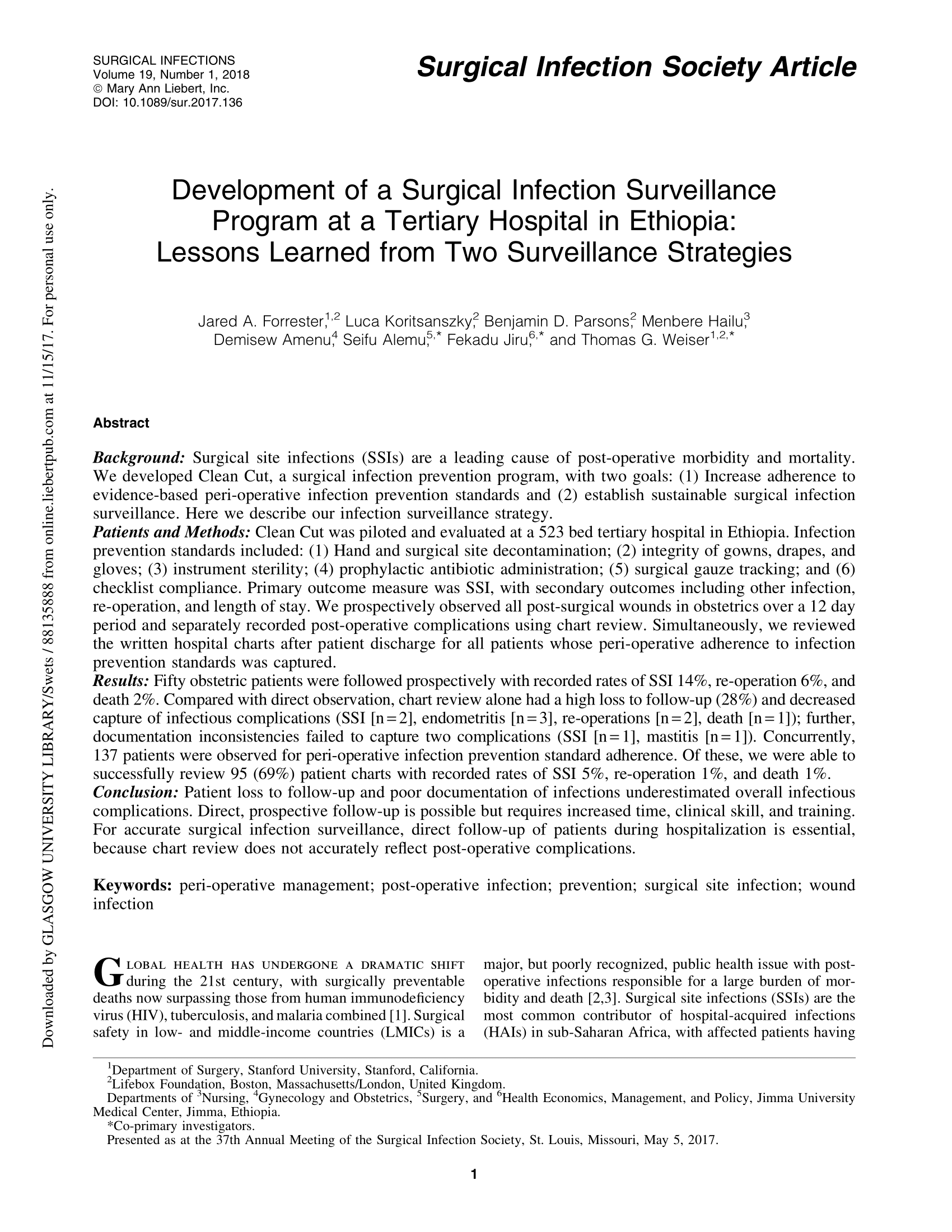
This study shows that patient loss to follow-up and poor documentation of infections underestimated overall infectious complications.
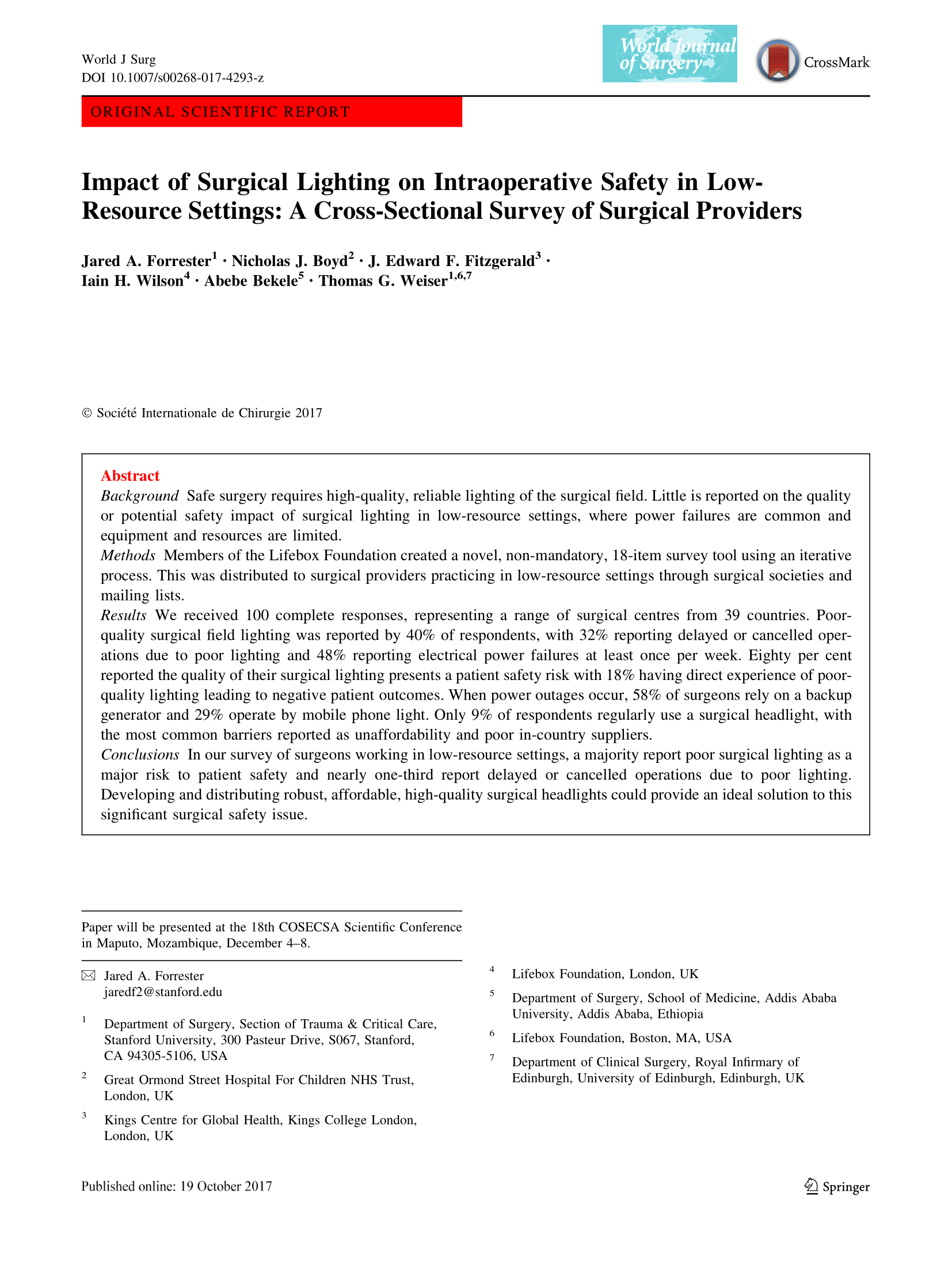
This study features a survey of surgeons working in low-resource settings, in which a majority report poor surgical lighting as a major risk to patient safety and nearly one-third report delayed or cancelled operations due to poor lighting.
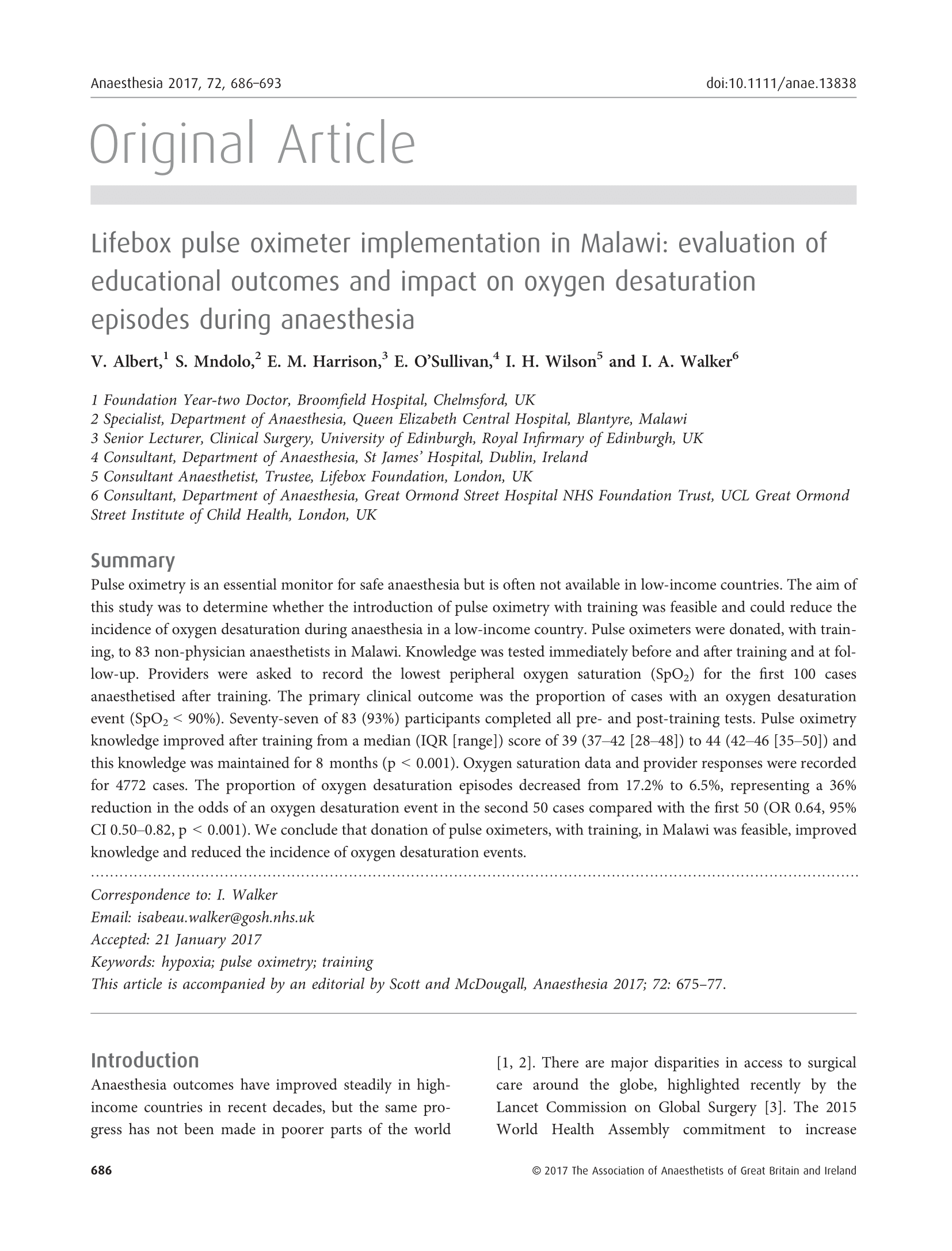
In this study, logbook data suggest that the use of pulse oximetry reduces the incidence of peri-operative hypoxic episodes and has the potential to improve the safety of anesthesia in this setting.
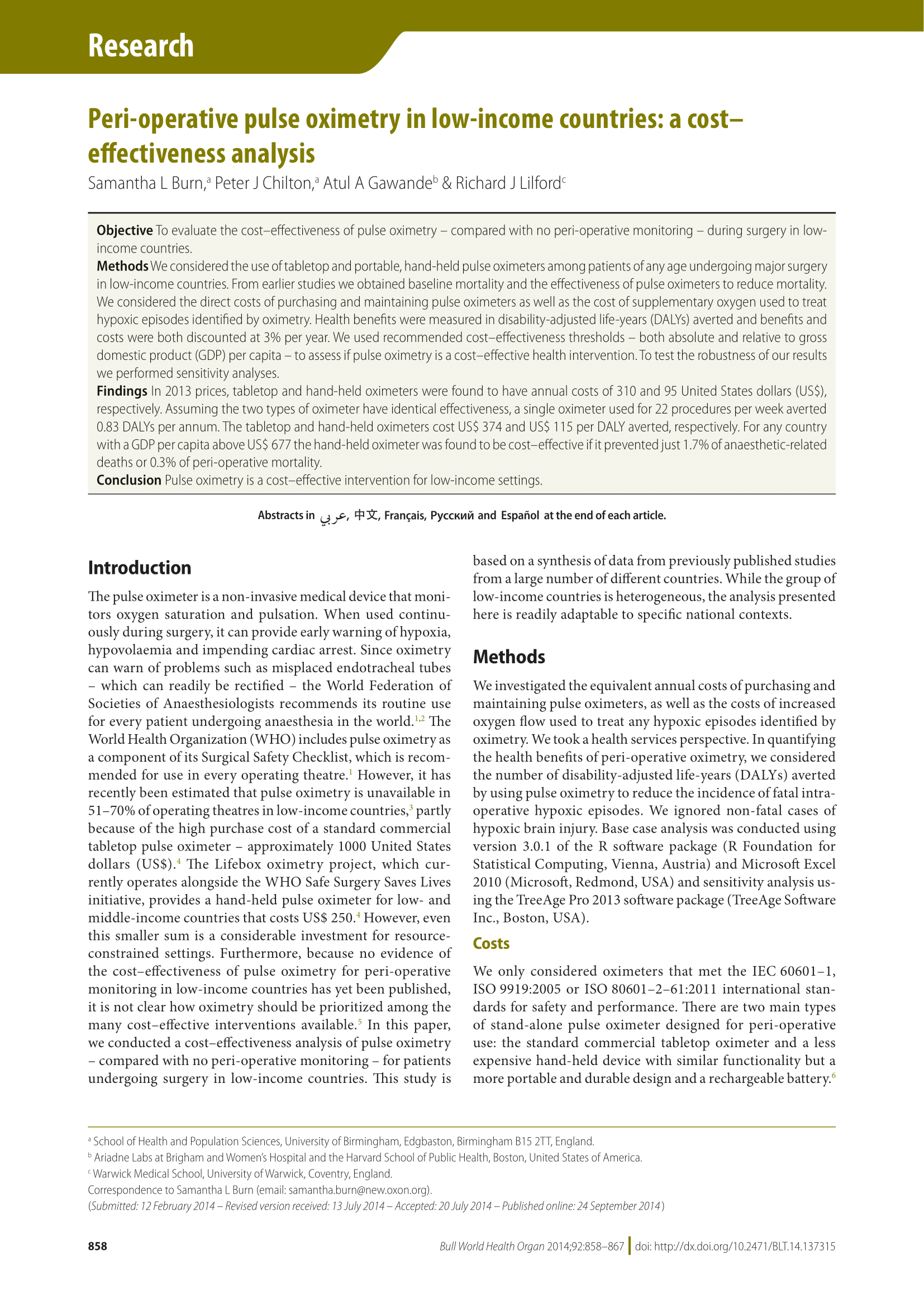
This study demonstrated that pulse oximetry is a cost–effective intervention for low-income settings.
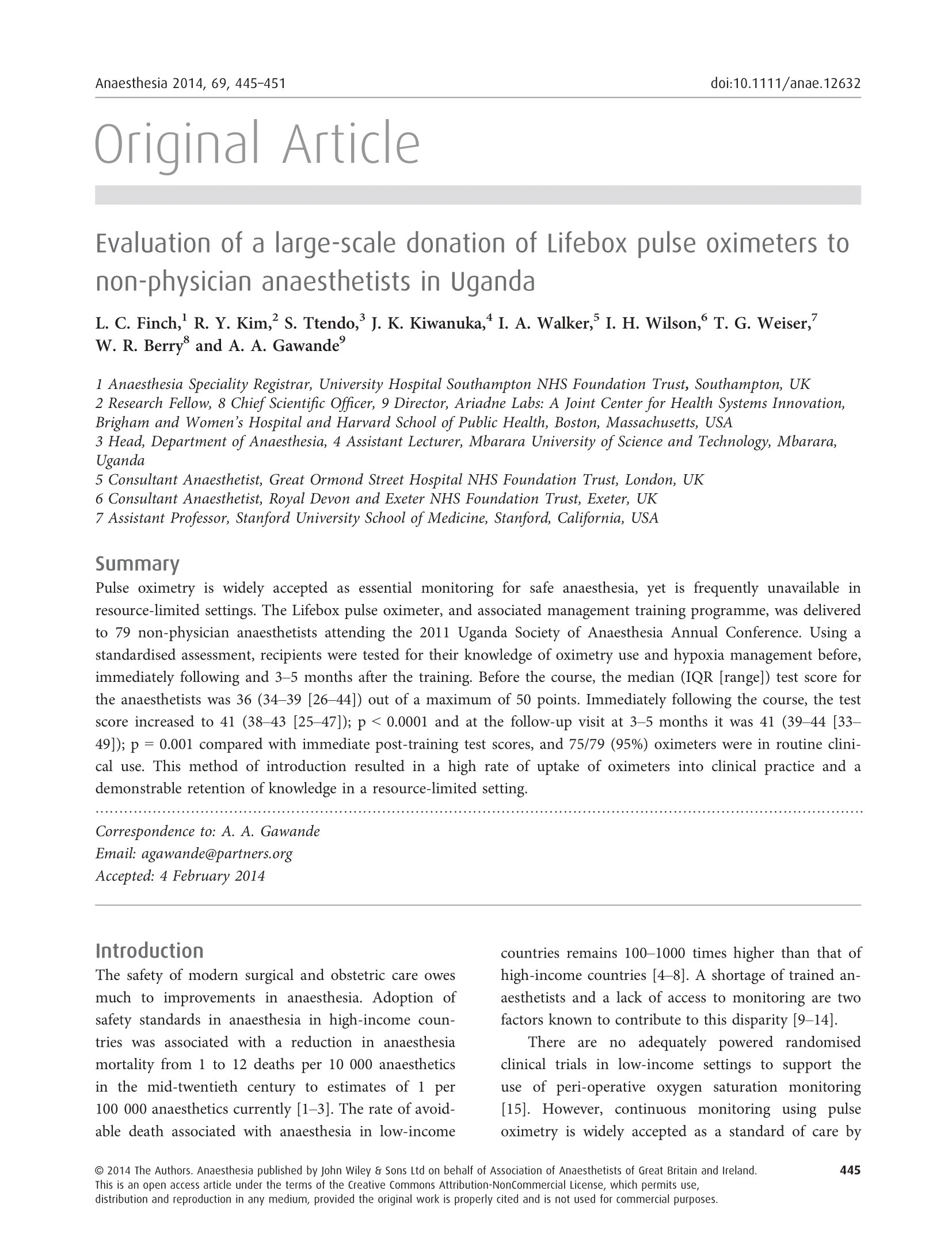
This study indicates that pulse oximetry is widely accepted as essential monitoring for safe anesthesia, yet is frequently unavailable in resource-limited settings.
